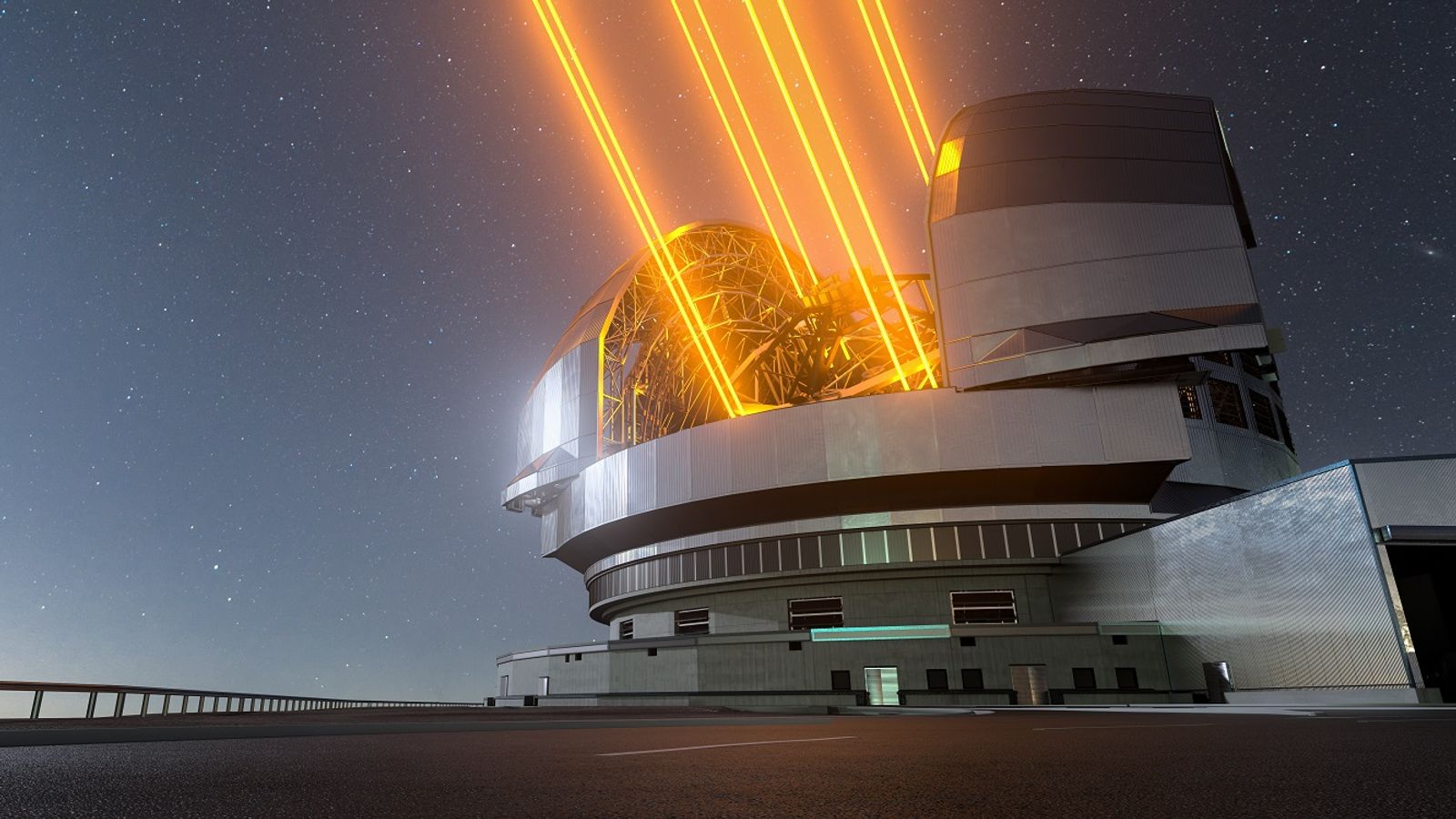Astrocombs, which have been used for decades to study the light emitted by stars, have recently undergone a technological breakthrough that could lead to the discovery of new Earth-like planets. This innovation involves the development of an astrocomb that can analyze the blue-green light emitted by stars. Physicists at Heriot-Watt University in Edinburgh and Cambridge University made this breakthrough, which will enable scientists to study smaller planets on longer orbits than ever before.
The new astrocomb is capable of detecting tiny variations in a star’s light created by orbiting exoplanets, potentially revealing a planet similar to Earth. Previously, astrocombs were limited to the green-red part of the light spectrum, but the new system offers the chance to uncover more space secrets.
Dr. Samantha Thompson from Cambridge stated that this innovation will enable scientists to study smaller planets on longer orbits than ever before. Professor Derryck Reid from Heriot-Watt University added that the shorter wavelength light examined by the new system is rich in atomic absorption features of interest to astronomers.
The technology is being developed for the Extremely Large Telescope (ELT) in Chile’s Atacama Desert, which will be one of the largest visible and infrared light telescopes in the world. The UK team will also work on developing astrocombs for telescopes in South Africa and the Canary Islands. With this new technology, scientists are hopeful that they will be able to discover new Earth-like planets in the near future.
This breakthrough has significant implications for our understanding of space and could lead to major discoveries about our own planet’s place in it. As we continue to explore these exciting developments, we can look forward to even more advancements in our quest for knowledge beyond Earth.



